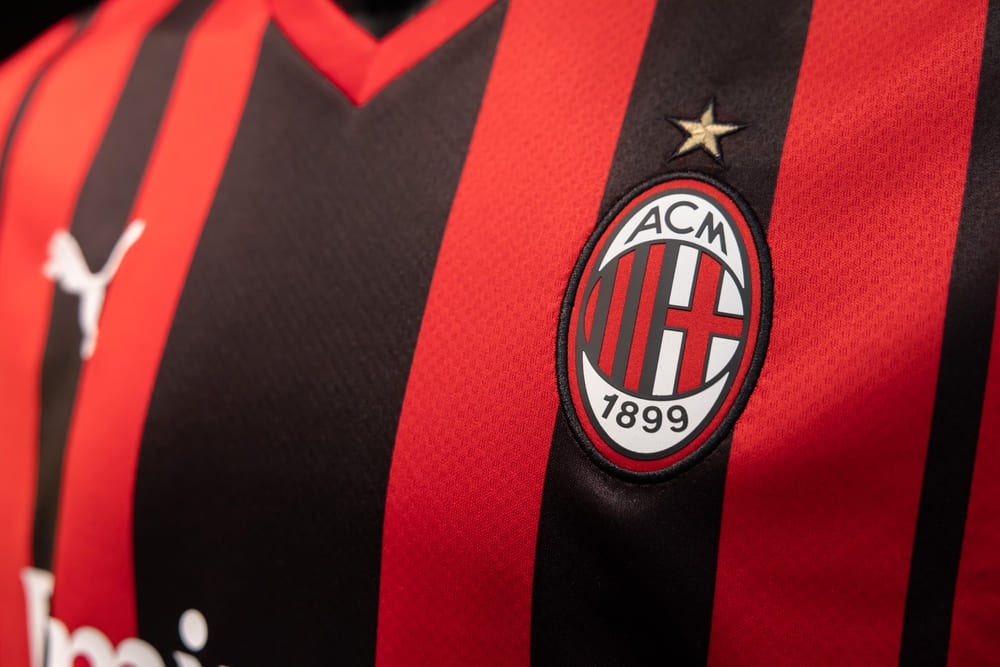Serie A soccer market, here comes the revolution: now everything really changes, new regulations are official
The soccer market is one of the most anticipated events of the season, a time when clubs reinforce themselves, trade players and look for short-term solutions to fill their gaps. One of the most widely used tools for obtaining players without long-term financial commitments is loans.
Calciomercato Serie A, che rivoluzione: ora cambia tutto, ufficiale il nuovo regolamento, big nei guai – Serieanews
But for the past few years, the loan mechanism has come under fire, especially in Italy, where it has often been criticized for being abused. Now, with new regulations coming into effect, the loaning of players is about to undergo a series of significant changes, and the FIGC has decided to take action to try to make the system more balanced and sustainable.
Un mercato in evoluzione: la fine di un’era?
Loans have always been one of the main weapons of soccer clubs, especially for those that cannot afford overly expensive market operations.
Instead of buying a player outright, teams often “borrow” him for a season or even shorter periods, with the idea of evaluating his impact before deciding whether to buy him outright. This has allowed many clubs to avoid risky investments and give the player an opportunity to play, while not fully committing.
Un mercato in evoluzione: la fine di un’era? (Ansa Foto) – Serieanews
However, this system brought with it some problems. All too often, loans were used by some teams as a shortcut to avoid making long-term investments, creating a kind of vicious cycle in which the player went from one club to another without ever finding a real fit.
At the same time, this prevented many talents from really emerging, stuck in a game of “cross-loans” between clubs that, in fact, did not contribute to their growth. With the new regulations, the FIGC aims to reduce these issues and make the Italian soccer market more competitive and fair.
Le novità della nuova normativa: tempi duri per i prestiti
The main change concerns the duration of loans: from now on, players can be loaned for a maximum of one year, with the idea of avoiding those long loans that often ended up being used as “parking” tools rather than real development opportunities for the player.
In addition, there are also limits on the number of transactions a club can make. Each team, in fact, will not be allowed to exceed eight temporary operations, either incoming or outgoing, a number that until now had not been defined and that, in fact, favored larger clubs, often able to have a large number of players on loan.
But that’s not all: there are also limits on transactions between the same clubs. In fact, teams will no longer be able to exchange players on loan more than three times within the same market. This limit, which applies regardless of the age of the players involved, should serve to reduce the abuse of transactions that often saw players exchanged between clubs in an endless circle. The idea is to make the system more transparent and to push clubs to think about more robust market strategies.
Limiti ai prestiti: c’è un’eccezione
However, the legislation has made an important exception for players under the age of 23. For them, in fact, there are no limits on loans, a facility aimed at giving more opportunities for young talent to grow. In this way, it is intended to encourage the development of youth sectors, offering young players the chance to gain first-team experience, perhaps at clubs that can guarantee them more space.
Another point that has raised attention is the possibility of early termination of the loan. In case of need, the transferring club will be able to ask for the player’s return, but in return it will have to obtain damages that will be equal to the salary due for the remaining period of the original contract. This mechanism seems to be designed to prevent the loan from being used as a kind of “plan B” in case the transfer fails.
Calciomercato Serie A, quando entrerà in vigore la nuova normativa?
The new regulations, which affect Articles 103 and 117 of the Federal Internal Organizational Rules (NOIF), will officially come into effect as of July 1, 2025, with the start of the 2025/2026 football season. As for the numerical limits on transactions between clubs, however, the entry into force has been postponed to 2027/2028, to give teams time to adapt to this new reality.
This set of changes aims to modernize the transfer market and make it more balanced, but also to reduce dependence between clubs and increase competitiveness by placing greater value on youth sectors. It remains to be seen how much these changes will really affect Italian soccer, but they certainly mark the beginning of a new era for loans, with a system becoming more structured and aware of its own dynamics.
This article Calciomercato Serie A, what a revolution: now everything changes, new regulations official, big in trouble appeared in its original version first on SerieANews.





